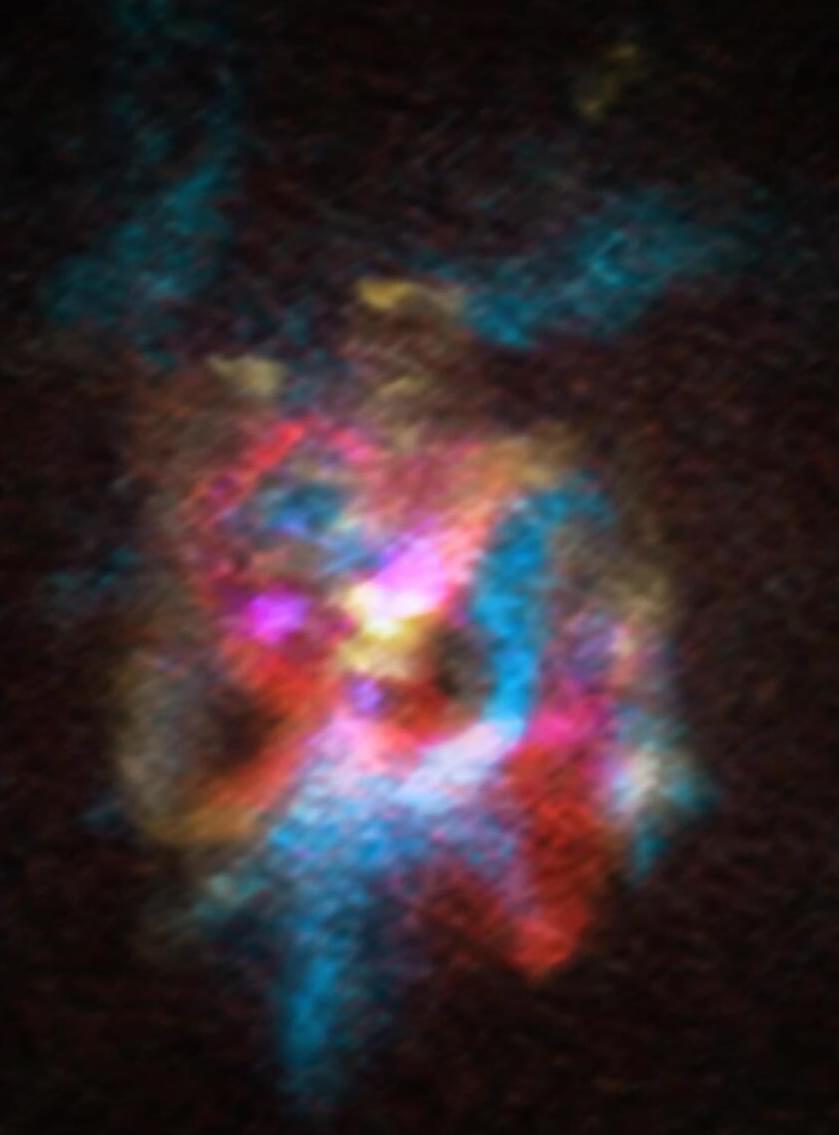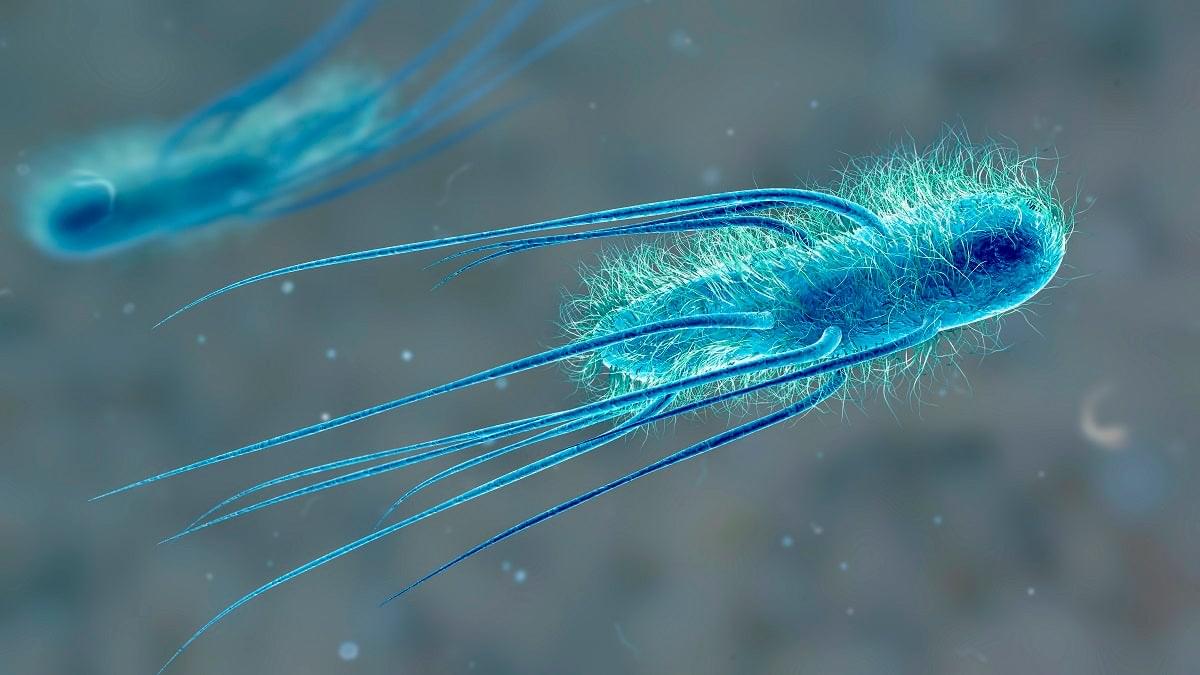A dying star’s giant bubble could be the first sign of an impending supernova.



Stars often reach the end of their lives and fade from view, but astronomers were left baffled when a star that had remained steady for more than ten years suddenly seemed to vanish for nearly eight months.
From late 2024 through early 2025, a star in our galaxy known as ASASSN-24fw lost about 97% of its brightness before returning to normal. The unusual dimming quickly became the subject of debate as researchers searched for an explanation behind such an extraordinary event.
An international research team, led by scientists at The Ohio State University, now believes they may have solved the puzzle. In a study recently published in The Open Journal of Astrophysics, the group reports that because the star’s color did not change during the dimming, the cause was unlikely to be related to stellar evolution. Instead, they conclude that a massive cloud of dust and gas surrounding the star blocked it from Earth’s view.

The ways our eyes explore the world change subtly over time, affected by age and illness.
A new study now suggests some of those changes could be used to identify problems with memory and cognition.
Researchers from Canada and the West Indies built on previous work by searching for variations in eye viewing patterns in people with and without a diagnosis for a brain health issue.







Scientists at the Medical Research Council’s Laboratory of Molecular Biology say they’ve engineered a bacteria whose genetic code is more efficient than any other lifeform on Earth.
They call their creation “Syn57,” a bioengineered strain of E. coli — yes, the same bad boy that can make you extremely sick if you eat an undercooked hot dog — which uses seven less codons than all life on earth. A codon, put simply, is a three-letter sequence found in DNA and RNA which delivers instructions for amino acids, a fundamental “building block” of life.
For the past billions years or so, all known life on earth has used 64 codons. Scientists cracked the code detailing which codons corresponded to which amino acids — mapping the standard genetic code, in other words — in 1966, revealing only 20 total amino acids.